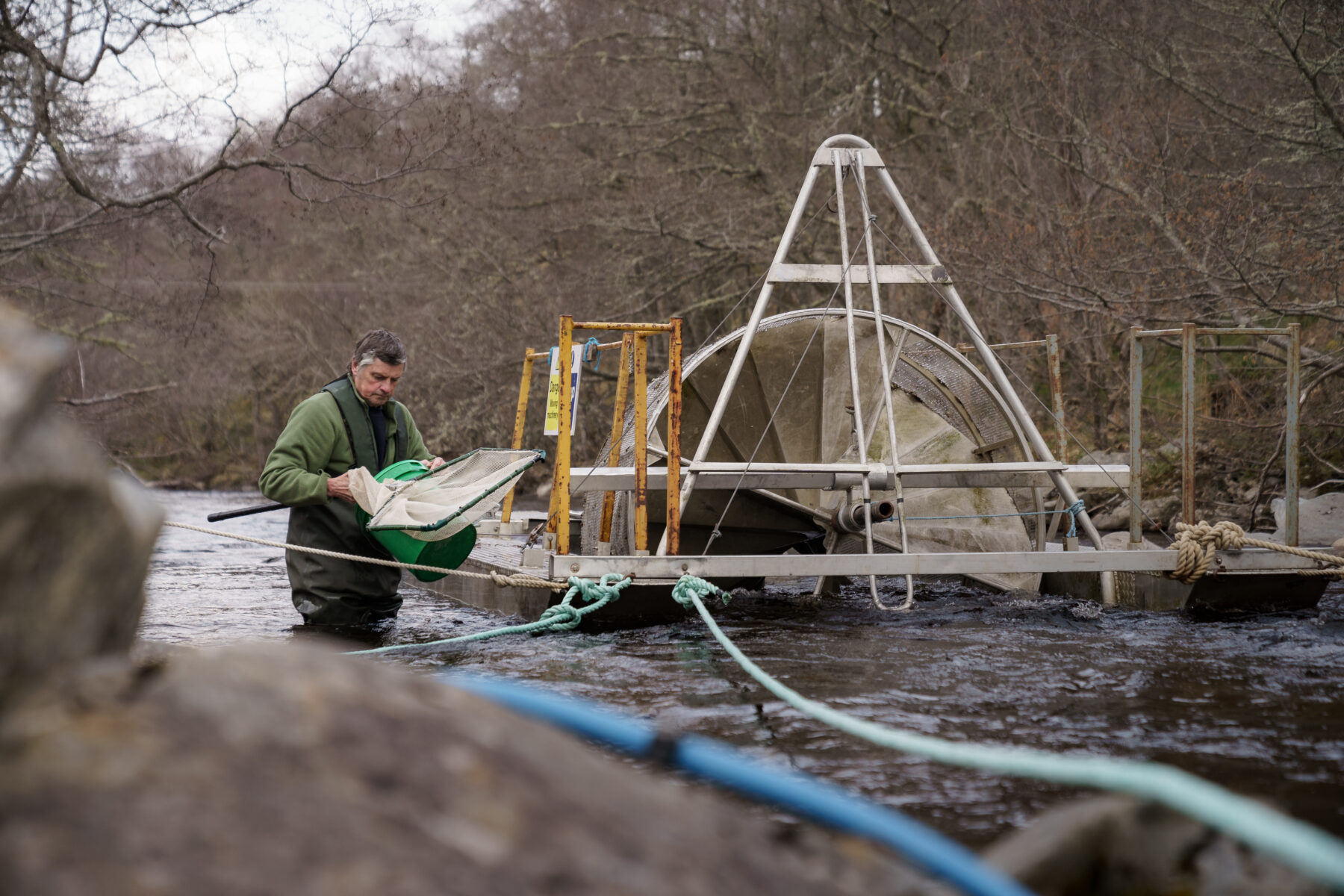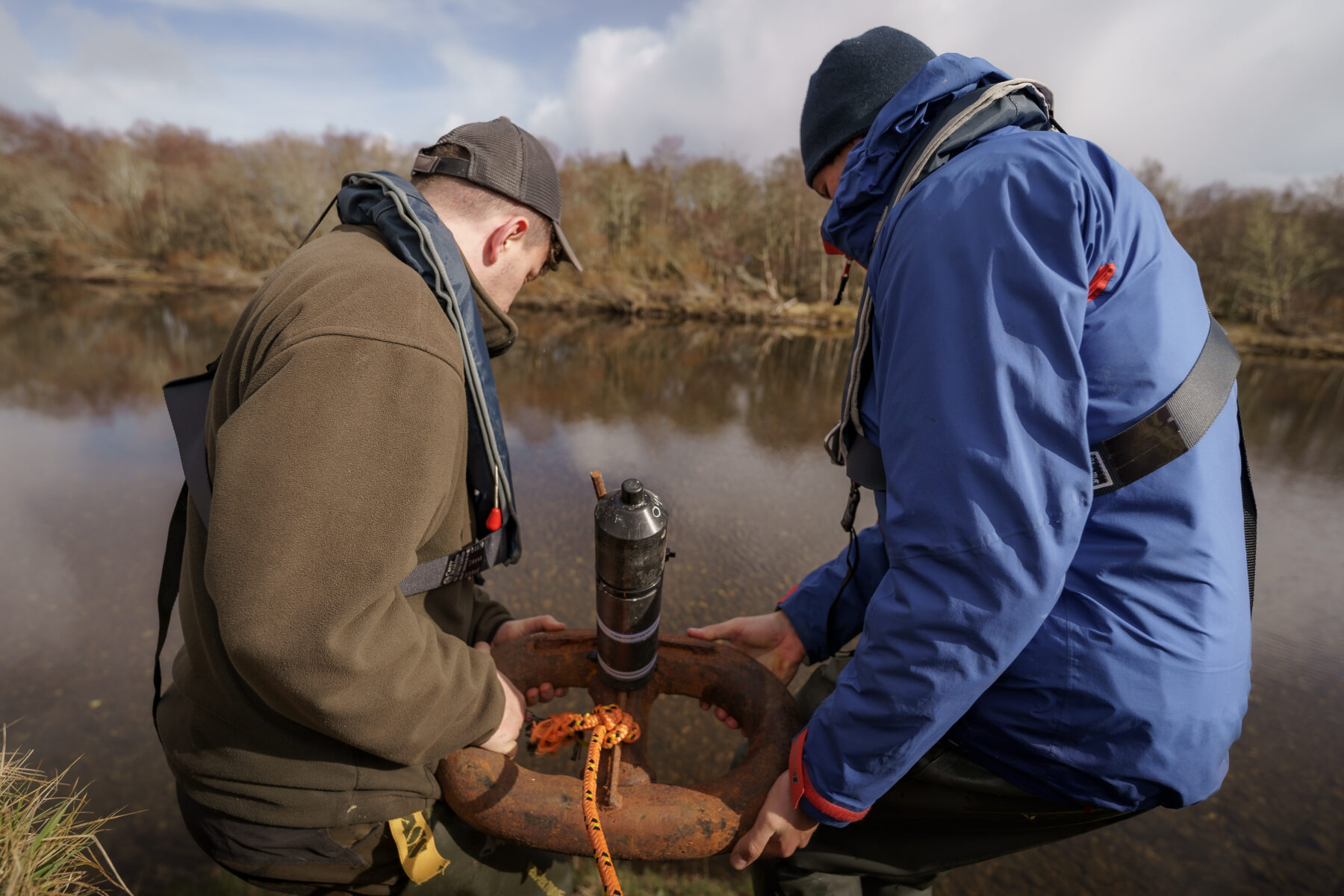A new collaborative research paper using information from the Atlantic Salmon Trust’s Moray Firth Tracking Project has identified a link between wild salmon genetics and smolt migration success – the ability for juvenile wild salmon ‘smolts’ to successfully migrate out from their home rivers and into the marine environment to grow to adulthood. The paper comprised a combined partnership effort by researchers from the University of Hull, Atlantic Salmon Trust and University of Glasgow.
Studying the movements of smolts tagged from two Scottish rivers in the project in 2019 – the Spey and the Oykel, researchers identified distinct single nucleotide polymorphism (SNP) sets which significantly differentiated between wild salmon smolts making successful migrations to sea and those that failed. Interestingly, the set of genes associated with a successful migration differed between the two rivers. However, more research is needed to understand what role these genes have, and whether the set of genes differs between years.
Researchers identified distinct single nucleotide polymorphism (SNP) sets which significantly differentiated between wild salmon smolts making successful migrations to sea and those that failed.

Why preserving genetic diversity matters
This work demonstrates the vital importance of preserving genetic diversity within wild salmon populations, to enable wild salmon to adapt to changing environmental conditions which are known to influence migration timing and behaviour. These findings support approaches which seek to preserve a salmon population’s ‘genetics portfolio’– the range of genotypes present in a river catchment or sub-catchment.
The paper states ‘Our work highlights the importance of preserving genetic diversity to ensure evolutionary resilience at the population level and has practical implications for management.’
To read the paper in full visit Genotype But Not Body Shape Predicts River Migration Success in Atlantic Salmon – Moccetti – 2024 – Ecology and Evolution – Wiley Online Library
What next?
The next stage of work is to understand the ecological and environmental factors which could determine which genetic characteristics are favoured in a given year, and then to use this information to support fishery managers’ decision making on the ground.

This research paper drew from information obtained through smolt tagging and tracking in the Spey and Oykel river systems – part of the Moray Firth Tracking Project.
A network of acoustic receiver units listened out for tagged fish in rivers, lochs, the coastal zone and at sea.
